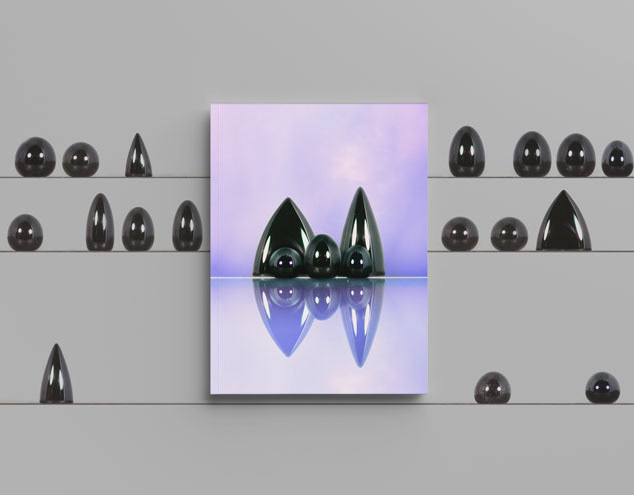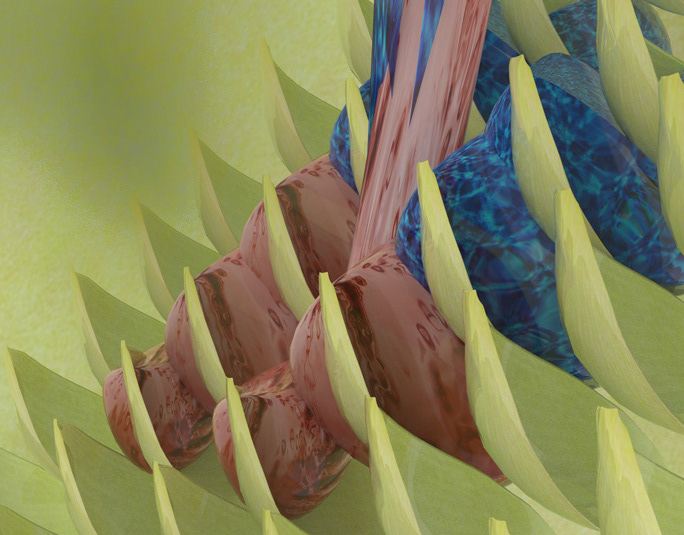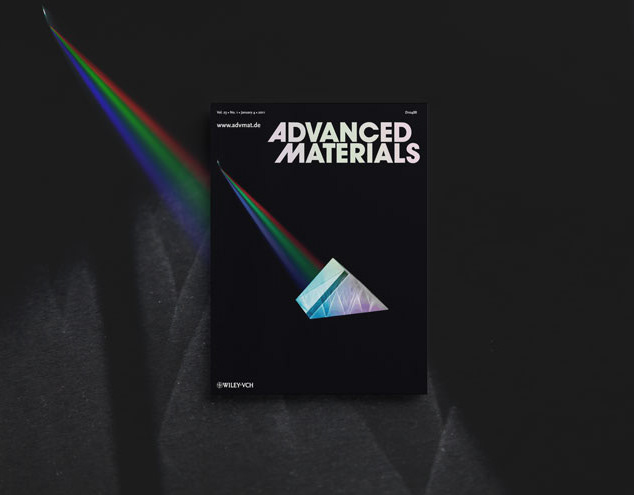The Leidenfrost effect, namely the levitation of drops on hot solids, is known to deteriorate heat transfer at high temperature. Illustration demonstrate a rational design of structured thermal armours that inhibit the Leidenfrost effect up to 1,150 °C, that is, 600 °C more than previously attained, yet preserving heat transfer. Design consists of steel pillars serving as thermal bridges, an embedded insulating membrane that wicks and spreads the liquid and U-shaped channels for vapour evacuation. Structured thermal armours are limited only by their melting point, rather than by a failure in the design. The material can be made flexible, and thus attached to substrates otherwise challenging to structure. Our strategy holds the potential to enable the implementation of efficient water cooling at ultra-high solid temperatures, which is, to date, an uncharted property.
The full article Inhibiting the Leidenfrost effect above 1,000 °C for sustained thermal cooling can be read online at in Nature 26 January 2022: https://www.nature.com/articles/s41586-021-04307-3









